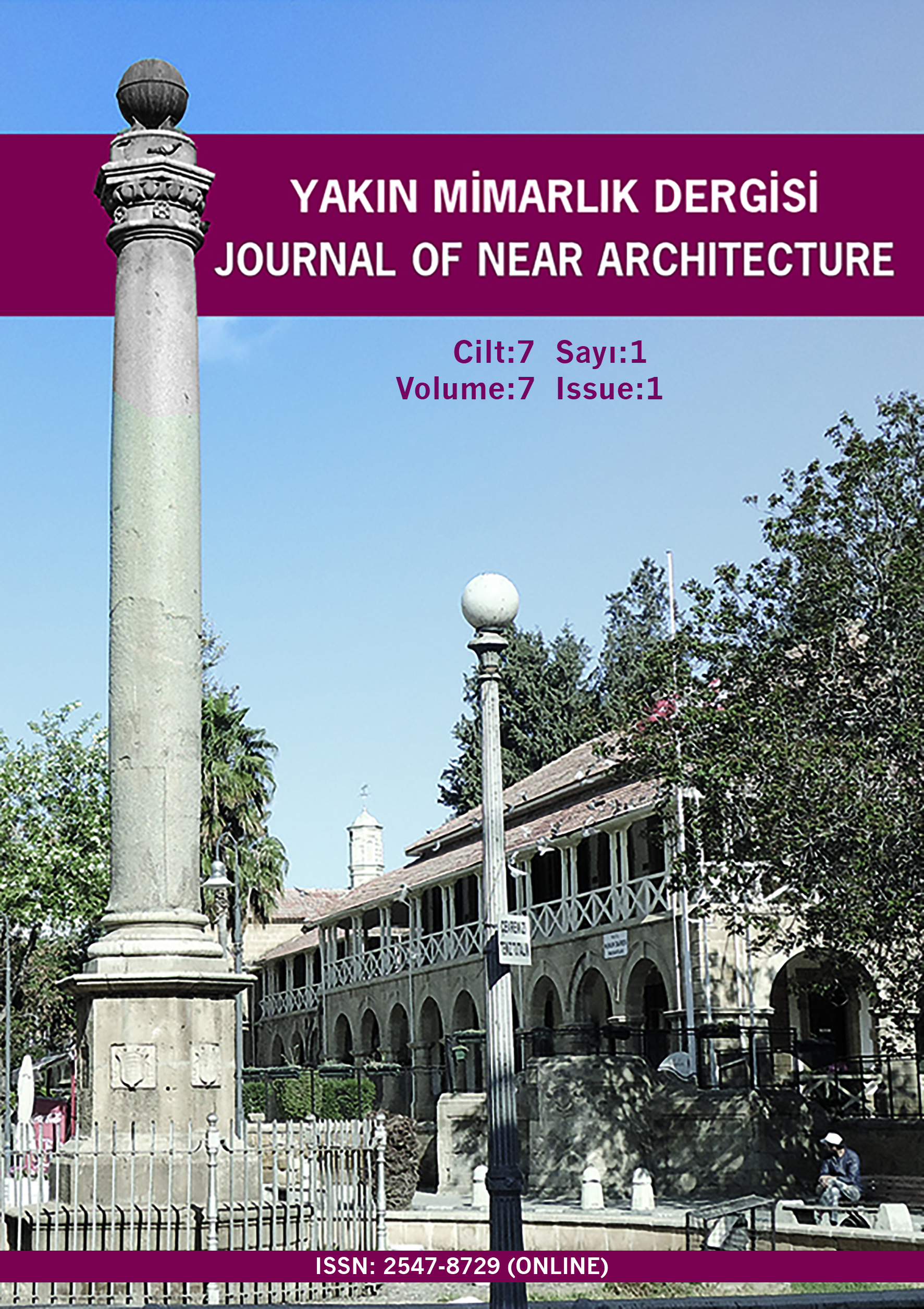GEÇMİŞİN KORUYUCULARI OLARAK NİĞDE YEŞİLBURÇ KÖYÜ TARİHİ EVLERİNİN AVLU KAPILARI
DOI:
https://doi.org/10.32955/neujna202371650Keywords:
Courtyard Door, Documentation, Cappadocia, Niğde, Yeşilburç VillageAbstract
In the Cappadocia Region, the use of materials specific to the region, construction techniques, and the quality of the equipment are important factors in the survival of the historical houses belonging to non-Muslims. If these structures are built in the courtyard, the majority of them are protected by wooden courtyard doors, the openings of which are built using local stone. These architectural accessories reflect the characteristic features of the house, and some of them contain symbolic signs and history about the owner of the building. A field research focused on documentation of the original courtyard doors of historical houses was carried out in Niğde Yeşilburç Village, which was a Greek settlement before the population exchange and was declared an urban site today. It is aimed to transfer the courtyard doors to the future by documenting and to reveal the effects of these original architectural reinforcement elements on the planning and façade arrangement of the building. By evaluating the construction techniques of the sample courtyard gates, a typology was created based on this. Apart from the documented courtyard doors, the structural integrity of the doors in the same typology has been photographed. It is seen that the doors selected with their original material use and differing features in decoration support designs suitable for the scale and identity of historical houses. It is seen that the deterioration process has accelerated in the historical houses, whose structural integrity of the courtyard walls and doors has been damaged in the village.







